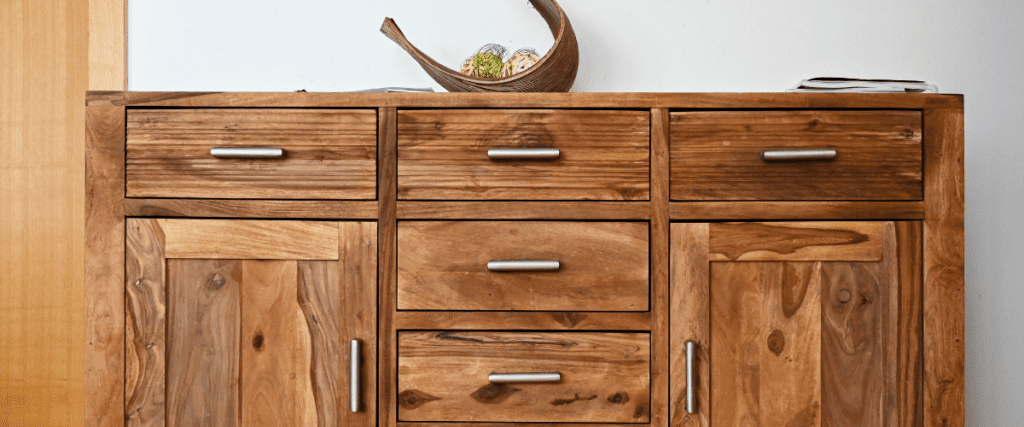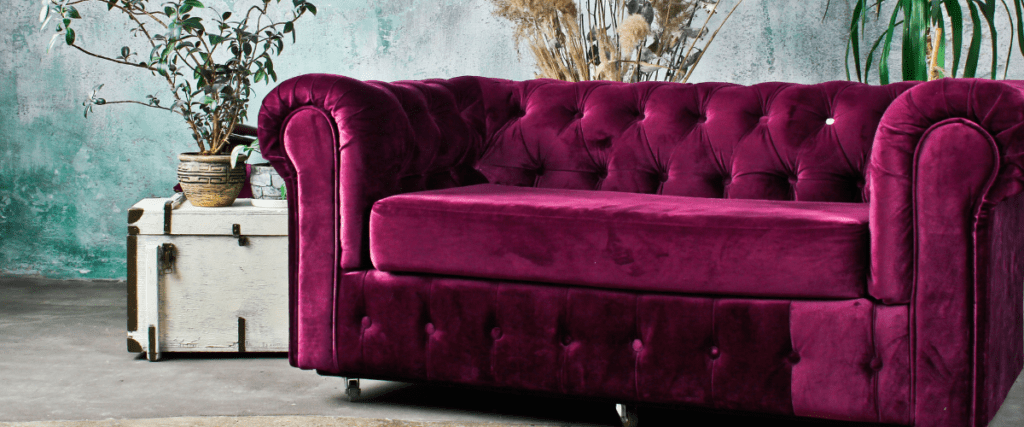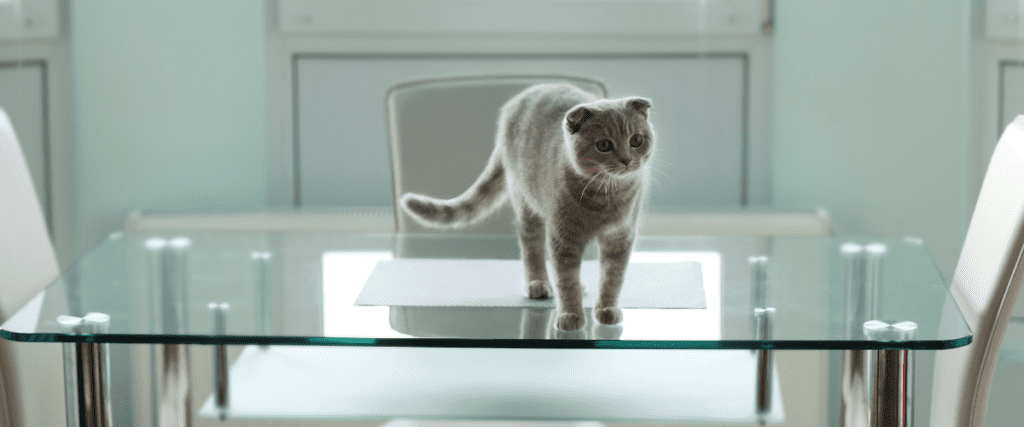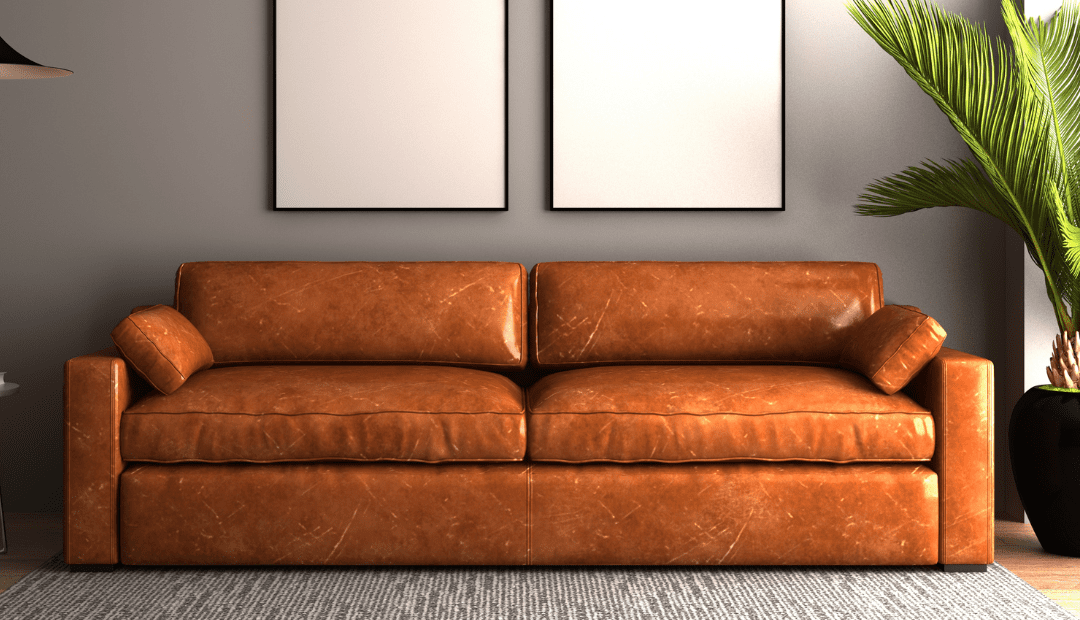Keeping furniture clean is important and makes a difference in the appearance and appeal of your home. Whether your piece is wood, suede, glass, or wicker, we’ve got the tips and tricks for cleaning and caring for your furniture in a way that will prolong its lifespan. (And “lookspan”!)
Wood Furniture
We can all tell when wood furniture needs to be dusted, as you can see the layer of dust on the surface. However, how do you know when to clean, wax or polish?
Even the experts have differing opinions on the best way to clean wood furniture. Most agree that it depends upon the finish of the wood piece. To be extra careful, you should always request cleaning and care guidelines when renting or purchasing a piece of wood furniture. For pieces that you already have that didn’t come with cleaning directions, following these steps will help protect your furniture.
1. All-purpose cleaners should only be used on plastic-coated wood furniture, such as kitchen tables and children’s furnishings. This type of product can damage the surface.
2. Water should be avoided at all costs. However, sometimes sticky build-up happens. To get rid the build-up, mix mild detergent and water and dip a cloth into the mixture.(Wring as much water from the rag as you possibly can.) After you clean the dirty spots, it is important to rinse and dry immediately!
3. Oil polishes protect the surface of wood furnishings, but this is not a hard layer that will protect against smudging. Avoid using high concentrations of oil that will show fingerprints and attract dust.
4. If your wood furnishings have a varnish, shellac, or polyurethane finish, you can apply wax or polish that will protect and reduce scratching. Wax will provide a hard finish that will hinder and reduce surface scratches.
Do be sure to follow the instructions that come with any purchased or rental wood furniture. However, for long-term maintenance, these methods will help preserve the life of your wood furniture and ensure a clean appearance!

Wicker Furniture
Because wicker furniture has small crevices throughout the entire structure, it can be relatively difficult to clean. Before attempting to clean any piece of furniture made of wicker material, it is important first to determine if your wicker is synthetic or natural. Natural wicker is less durable than synthetic, so it must be handled with more care. To ensure that your wicker furniture of any type is clean and grime-free, follow these five steps!
1. Vacuum. No matter what your next steps will be, you should always start by vacuuming your wicker furniture to get rid of dirt and debris. You can gently use the brush tool on your cleaner to suck up dust, but be sure to avoid applying firm pressure as this could cause damage.
2. Utilize a toothbrush, tweezers, or pliers. If there is anything left over after you vacuum, using a toothbrush to reach those smaller spaces is a viable option. When you find dirt trapped in between the wicker, you can grab it out with the help of some tweezers or pliers. Take caution not to damage the wicker.
3. Clip with scissors. If you find stray pieces of wicker break off or stick out like a sore thumb, do not rip the drifting piece off of the furniture. Tearing could increase the amount of damage. Instead, cut the wandering piece of wicker with scissors or a knife to prevent further impairment.
4. Wash with water and mild detergent. With synthetic wicker, you can spray it outside with a hose and apply a light cleanser, then rinse. For natural wicker, dampen a cloth with water and gently wipe the furniture. If the wicker happens to be made of paper, do not ever apply water. Water will warp and ruin the furniture.
5. Evaporate moisture with a fan or hairdryer. It is imperative to dry your wicker furniture after cleaning it. Mold and mildew can develop in the wicker if it is not properly dried. If synthetic wicker, you can allow it to dry in the sun. However, any wicker can be gently dried with a blow dryer or a fan.
No matter the type of wicker furniture you own, you must clean it with care. Regular cleaning and maintenance will prevent the need for deep cleaning that could potentially ruin the furniture!

Wooden Furniture, Flooring, and Cabinetry
While wood is quite durable, it is also vulnerable to scratches, dents, and other scuffs due to wear and tear. Fortunately, imperfections can be repaired without enlisting the help of a professional. By utilizing these five methods to cover and reduce blemishes, you can boost the appearance of wood dining tables, flooring, cabinetry, and other furniture throughout your home.
Oil and Vinegar
By mixing a half cup of olive oil with half a cup of vinegar, you will produce a concoction that increases the shine and diminishes marks on wood flooring. This technique is perfect for bigger areas as it is easy to apply and greatly benefits the entire area. When treating the affected portion of wood furniture, flooring, or cabinetry, you must use a microfiber cloth and wipe in the direction of the imperfections until they are no longer visible.
Coffee or Tea
If you have a darker piece of wood that has scuff marks, you can stain the stripped locations by using coffee or tea. You must first brew an exceptionally strong cup of coffee or tea, or use wet grounds and use a cotton swab to administer the coffee to the scratched areas. When applying tea, it may be obligatory to add another round to achieve the color your piece of wooden furniture requires.
Markers or Crayons
If you can match the color of a marker to your wood’s surface, hiding imperfections becomes very easy. Crayons can be used much in the same way. Simply rub any excess wax from the area after you have covered the dings to ensure the area is free of any build-up. To execute the closest match, you can even mix two colors. If you don’t own any markers or crayons, you can find customized wood markers at your local home improvement store.
Nuts
Who would have ever thought you could rub nuts on scratches to remove unsightly imperfections from your wood furniture? Well, it’s true! The oil in nuts is perfect for hiding scuffs. You can even use the meat of a nut to fill in crevices so your wood’s surface appears smoother. We recommend utilizing walnuts, as their soft texture makes them ideal.
Using Wood Polish on Wood
Another item that can be purchased from a local home improvement store to help cover any nicks is wood polish. You will find many different finishes so matching your wood becomes relatively easy. To apply, use a microfiber cloth and rub in the direction of the scratches until they disappear. Cleaning wood furniture can be difficult if you’re not sure the methods, but after you’ve done it once you are sure to be a pro!
While these processes will likely handle any smaller imperfections in your wooden furniture, cabinetry, or flooring, your damage may require further attention from a professional. To retain the value in your wood pieces, we suggest first attempting these noninvasive approaches and calling a specialist if the scratches, dings, and nicks persist.
Glass table tops are beautiful and elegant, but those fingerprints, smudges, and streaks that accumulate? Not so much! If you have glass furniture and children, you know how challenging it can be to keep things clean and looking nice! The good news is that they are ways to properly care for and extend the life of your glass furnishings:
1. What Cleaner? The best cleaner to use on glass can be economically made at home. Just mix 1/3 parts white vinegar to 2/3 parts water and administer to the glass using newspaper. (Using newspaper prevents streaking and lint deposits often left behind by paper towels.)
2. What Not to Use? Products containing ammonia or acids should always be avoided. These chemicals destroy edges and back lining of glass pieces. Again, avoid using paper towels and instead switch to newspaper. Your glass furnishings will look so much crisper!
3. How Do You Protect the Glow? If you place anything on your glass furniture – plates, glasses, decorations – make sure you use placemats, coasters, and other drapery that will protect the glass from any scratches or dings in the surface.

Suede Furniture
Cleaning suede furniture doesn’t have to remain a mystery. With some careful planning and quick action, your furniture can look as good as new!
It’s true, however, that taking care of suede can be tougher than other furniture upholstery because each suede fabric reacts differently to cleaners. It is important to use a product that is sensitive and non-abrasive. You should also take care to clean stains as soon as possible, as set-in stains are much harder to get rid of in natural suede. If you find you cannot remove the stain, it may be necessary to hire a professional.
Before attempting to use any cleaner, we suggest that you test a small area on the back of your furniture to ensure that it will not negatively affect the appearance. After confirming that your product is safe to use, follow these steps to better-looking suede furniture:
- Remove any debris or dirt that may be attached to the stain.
- Add cleaner to a bucket of water.
- Stir the mixture to blend.
- Use a microfiber rag to take suds (only, no water) and apply to the stain.
- Gently dab the stain with the rag.
- Continue to dab the stain with an unsoiled portion of the rag.
- After the stain is completely gone, dab with a dry microfiber rag.
- Brush with a suede to restore the look of the suede.
Remember, the key to keeping suede looking top-notch is by immediately dealing with any spills or soiling. Make sure your cleaner is mild and that you end the process with a good “brushing” to bring your furniture back to life!

Glass Furniture
Glass table tops are beautiful and elegant, but those fingerprints, smudges, and streaks that accumulate? Not so much! If you have glass furniture and children, you know how challenging it can be to keep things clean and looking nice! The good news is that they are ways to properly care for and extend the life of your glass furnishings:
1. What Cleaner? The best cleaner to use on glass can be economically made at home. Just mix 1/3 parts white vinegar to 2/3 parts water and administer to the glass using newspaper. (Using newspaper prevents streaking and lint deposits often left behind by paper towels.)
2. What Not to Use? Products containing ammonia or acids should always be avoided. These chemicals destroy edges and back lining of glass pieces. Again, avoid using paper towels and instead switch to newspaper. Your glass furnishings will look so much crisper!
3. How Do You Protect the Glow? If you place anything on your glass furniture – plates, glasses, decorations – make sure you use placemats, coasters, and other drapery that will protect the glass from any scratches or dings in the surface.

Leather Furniture
Leather furniture can carry a hefty price tag. If you rent or purchase furniture made of leather, it is important to invest time in caring for the material to prolong its life. However, leather furniture is much easier to maintain than other materials and you are likely to have the supplies needed on hand.
1. First, you should remove all dust and dirt from the piece of furniture. You can easily do this with a brush attachment on your vacuum. Make sure to spend time on the cracks and creases. After you vacuum, wipe the entire item with a microfiber rag to grab any leftover debris.
2. To clean the worn areas, create a mixture of equal parts of water and vinegar. Dip a cloth in the water and vinegar mixture and gently blot the soiled parts of the couch. To avoid spreading dirt, dip the cloth often.
3. After you have wiped with the solution, wipe a dry cloth over the areas. Make sure that none of the leather is soaking wet, as over-saturation can ruin the leather.
If using this method to clean your furniture, make sure to test the solution on a hidden portion of the leather to ensure it will not stain. Your leather will thank you!
Upholstered Furniture
While many keep a clean house, all too often homeowners forget to maintain the cleanliness of their furniture. Sustaining clean furniture contributes to the attractiveness of your home while also helping avoid the expense of purchasing new furnishings.
So what do you do when your furniture is upholstered? We’re glad you asked! These three tips will save you money, time, and energy – and ensure your furniture stays clean and fresh:
1. Check the Tag — Most home furnishings will have a tag that offers precise guidance to the best cleaning method to protect upholstered furniture. It is important to check this tag first so you don’t use a product that could cause damage.
2. Start with a Vacuum — Using a vacuum on upholstered furniture is an easy way to eliminate dirt and debris. By removing the cushions, it is possible to alleviate even more dust and residue from your couches and chairs.
3. Keep it Simple — If your furniture can be cleaned with a water-based cleaner, you can easily create an environmentally-friendly solvent at home. Adding a few drops of dish detergent, a capful of white vinegar, and a pinch of baking soda to a spray bottle of water will effortlessly remove odor and settled dirt. It is best to first test this solvent in an inconspicuous spot to ensure no damage will be caused to the fabric.
In Summary
By now, it should be clear that there are different ways to care for and clean different kinds of furniture – one size does NOT fit all! Whether purchasing or renting your furniture, keep these maintenance tips in mind as you select the pieces that will work best in your home. (Keep kids, pets, etc., in mind, as well!) There are certain fabrics and finishes that work best for the different seasons of your life. Hopefully, our ultimate guide to cleaning furniture will help you make the best, most stylish, and least stressful choice!
To see local St. Louis options for renting furniture, browse our site by furniture rental package, furniture rental by room, or what you can rent by individual piece. Empire Furniture Rental is here to help!

